“Leave it to the angels”, our guest professor, Luis Trelles said with a chuckle. We were discussing the complicated dynamic between father and daughter, while examining the Palacio de Aldama in Central Havana, where two houses exist on one palatial site, allowing the patriarch, Domingo Aldama to spoil and/or monitor his daughter.
Her courtyard was smaller and more intimate than her father’s, but indeed more lavish and refined. It is hard to tell a century later what dynamics existed, and who controlled the relationship, but the architectural language spells out a complexity unresolved to guests today.
The same can be said for the City of Havana, and its new guests – those from the United States, who are guaranteed a blend of amazement and confusion at every turn.
Like a Wes Anderson dreamscape buried in a landfill, Havana is a beautiful city, but in need of help. Approaching its 495th anniversary as a municipality, the City isn’t eye candy, it’s more like pure heroin, where stunning and euphoric beauty is accompanied by an overbearing sense of darkness, decay, and loss of autonomy.
The Socialist Revolution, which was finalized the late 1950’s, has evolved slowly by U.S. standards, and doesn’t appear to be folding any time soon, since the Cuban people are now nearly sixty years dependent on its heavy hand.
With its Spanish Colonial architecture and traditional urbanism linking it to pre-modern times, and the Revolution impeding major infrastructural sprawl and modernization, Havana has found itself in a very unique set of circumstances. The result is a city frozen in time, and it can not be overstated how rare and peculiar this result has become, especially with regards to the built environment.
Nowhere else in the world has a city so rich in material construction missed out on so much modern progress, avoiding automobile-centric interventions, such as one-way thoroughfares, bypasses, and major parking projects. Soviet housing projects and modern concrete forms coexist within Havana to be sure, but the more common traditional fabric demonstrates human-scale urban planning like no other city in the Americas can. It is for this reason that we study Havana so carefully to learn the secrets of traditional design.
My pictures don’t make any profound statements about Havana. They are just travel notes. Similarly, I am left confused about what to make of my first-hand observations. My inclination is to associate the ruinous built environment and its challenging living conditions with the obviously failed Revolution, and I’d be comfortable in doing so. But I also sympathize with those fearing the swift and overpowering nature of U.S. development capital, which is bound to flood the City soon.
Havana, and more generally, Cuban culture, is sure to soar in popularity once the American millennials observe what Cuba has to offer aesthetically, artistically, and otherwise. When this happens, it will be up to the Cuban Government and the American developers to decide on an agreeable level of stewardship for Havana’s built artifacts. Consensus will be unlikely, and tracts of urban fabric may be lost. Trump Casinos may tower over Squares recalling the Renaissance, and gentrification may displace entire neighborhoods.
The trade winds of Capitalism may envelop and disorient the Communist infrastructure quickly, regardless of Government tactics to retain control, and Havana’s rare collection of architectural relics will become fragmented. Meanwhile, I believe that the oppressed people of Cuba and their families in the United States are poised to benefit (things can only improve for them), and they deserve much more than their current fossilized conditions.
Indeed, matters are complicated, and perhaps individual rights of citizens will further emerge once American money is on the loose. But as for the City of Havana and the protection of its unique historical capital, collateral damage may occur. If there is a scenario where American money can stimulate an economic enlightenment while preservation is also meaningfully prioritized, I hope we find it, as a few smaller American cities have, such as Williamsburg, Virginia, or Savannah, Georgia. But for now, in my ignorance, I can only pull for our friends on the Island, let come what will, and leave the rest to the angels.
-Nick Rolinski, 22 Aug., ’15, Notre Dame, IN
More travel notes and observations:
The Art Nouveau movement made a large impact in Havana, perhaps because it pairs so perfectly with the Spanish Baroque and Neoclassical buildings. Stained glass lunettes, French carpentry, and a mastery of colors characterize this pleasant addition to the local DNA.
The aesthetics of objects, graphic art, and atmosphere make for a highly photogenic environment. Cubans just know what looks good. Grunge and patina lend themselves to quality pictures as well, as long as the American photographer is careful not to exploit true distress for the sake of a romanticized “dark beauty”.
Cuban Modernism celebrates the Tropical atmosphere effectively, but ages poorly, in most cases. In nearly all cases, a Utopian attitude is reflected, and as Jane Jacobs points out in Life and Death of Great American Cities, “[as in all Utopias], the right to have plans of any significance belonged only to the planner in charge.”
The Dome of El Capitolio Nacional (1926-1929), built for the Republic of Cuba, was developed in large part by Architect Eugenio Rayneri Piedra, the first graduate of The University of Notre Dame School of Architecture (1904). At present, El Capitolio sits empty, although an impressive Cuban-led restoration is now in progress. Our studio group was granted access to this magnificent building by the Office of the Historian of the City of Havana.
Late 19th and early 20th century Neoclassical Eclectic architecture is largely “American” in style and construction, with echos and interpretations of great American buildings of the day.
Since Spain was occupied by an Islamic caliphate for several centuries, Spanish Colonial cities often feature Islamic architecture, as seen in the building on the right (below). Although Havana was colonized to be a Roman Catholic city, it’s cultural identity also features Islam and Yoruba (an African mythology related to Santeria).
Thanks for reading, and stay tuned for this semester’s projects, which will be set in Havana.
There’s a wall of pride between you and I, one wythe is yours, while the other is mine. So let’s add fenestration, and a Classical Order, and by way of Havana, lay a path forward.


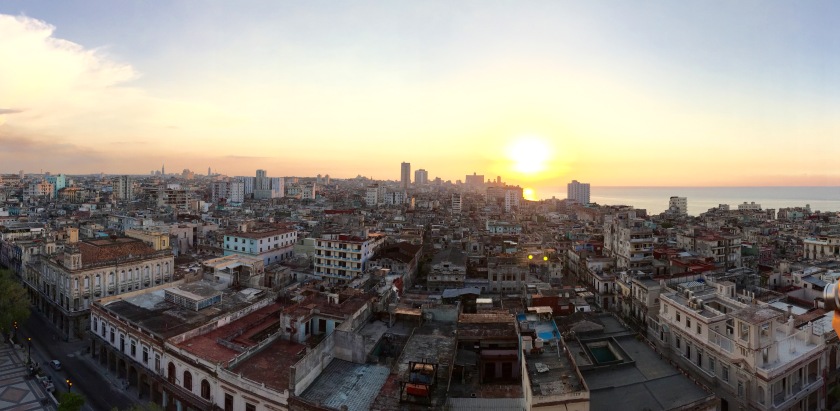
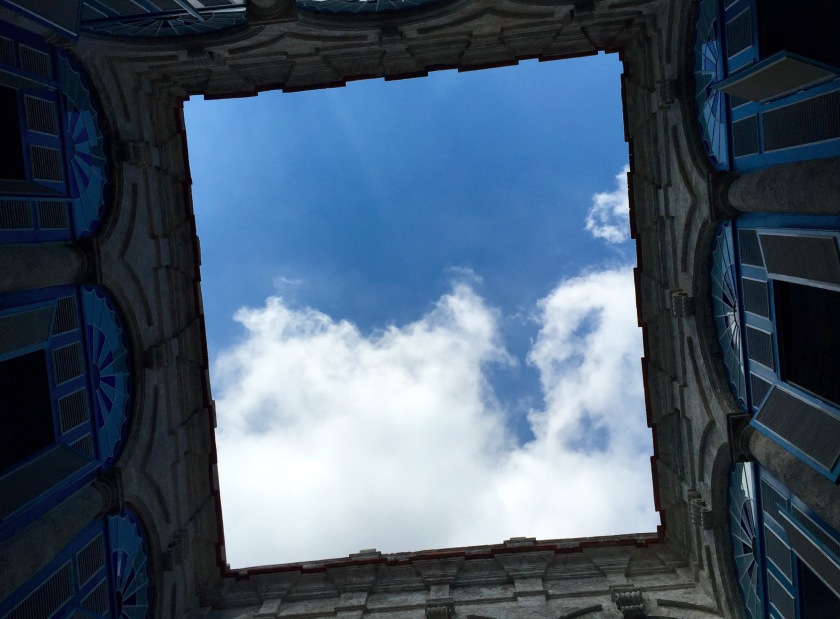
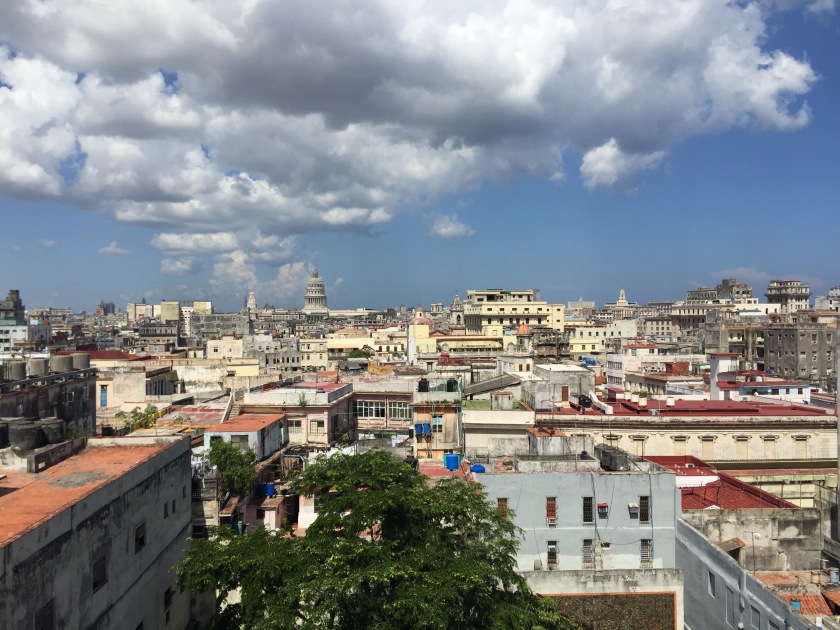










































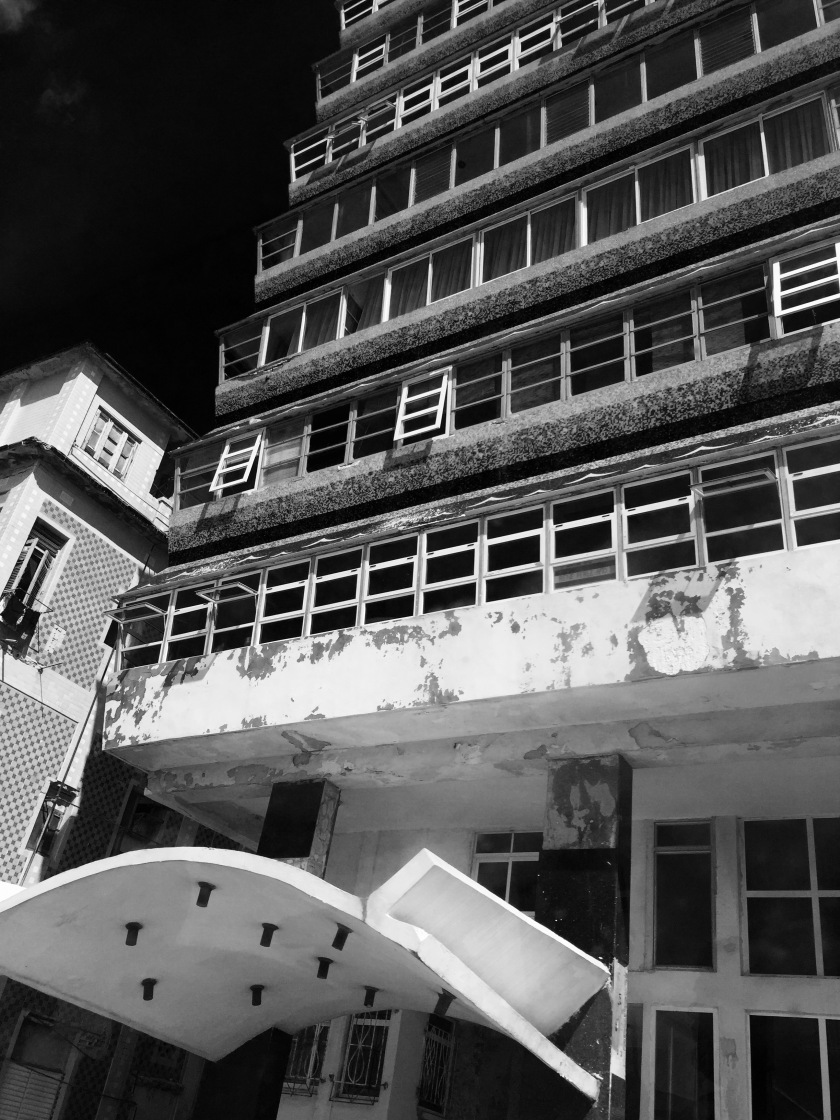
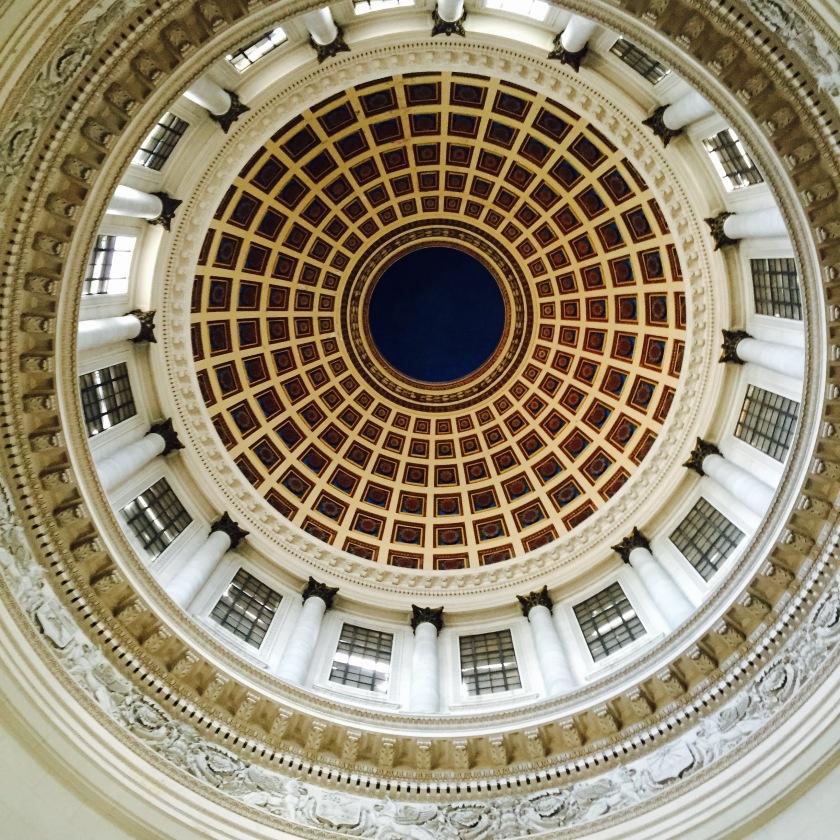




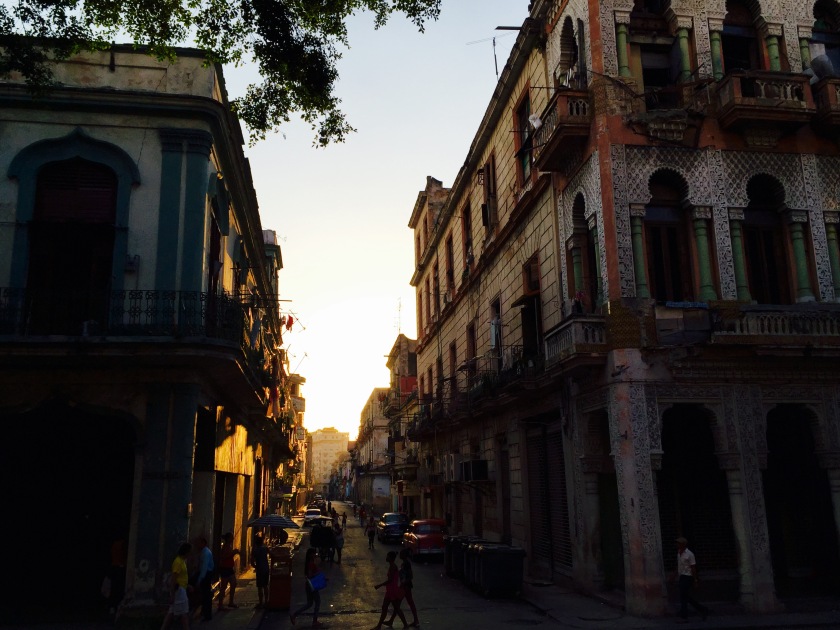
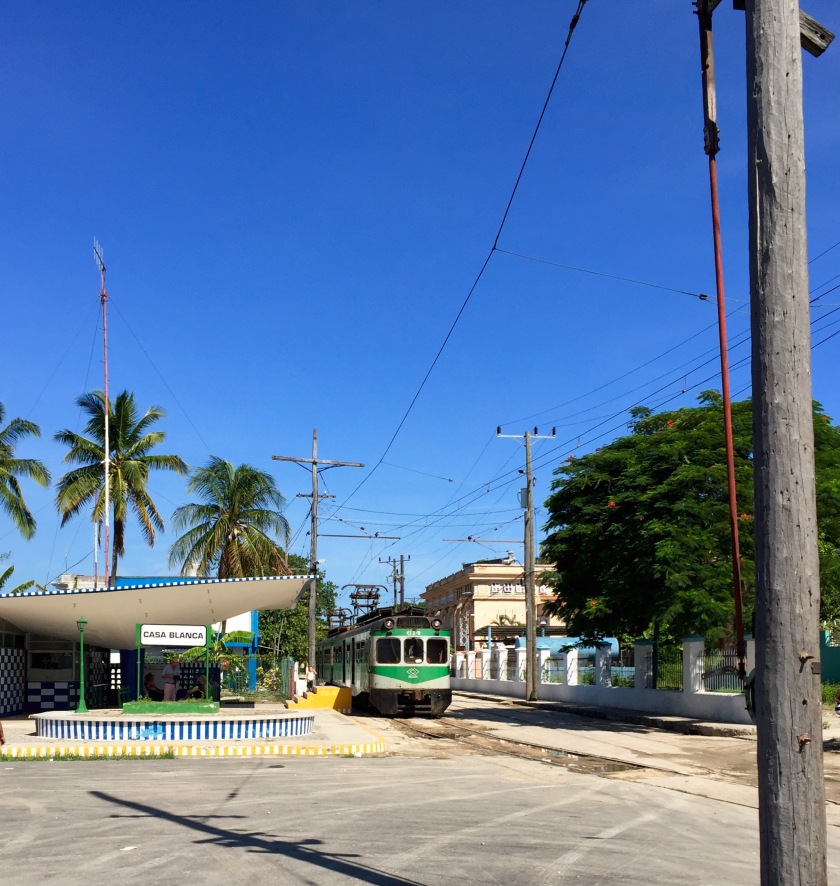
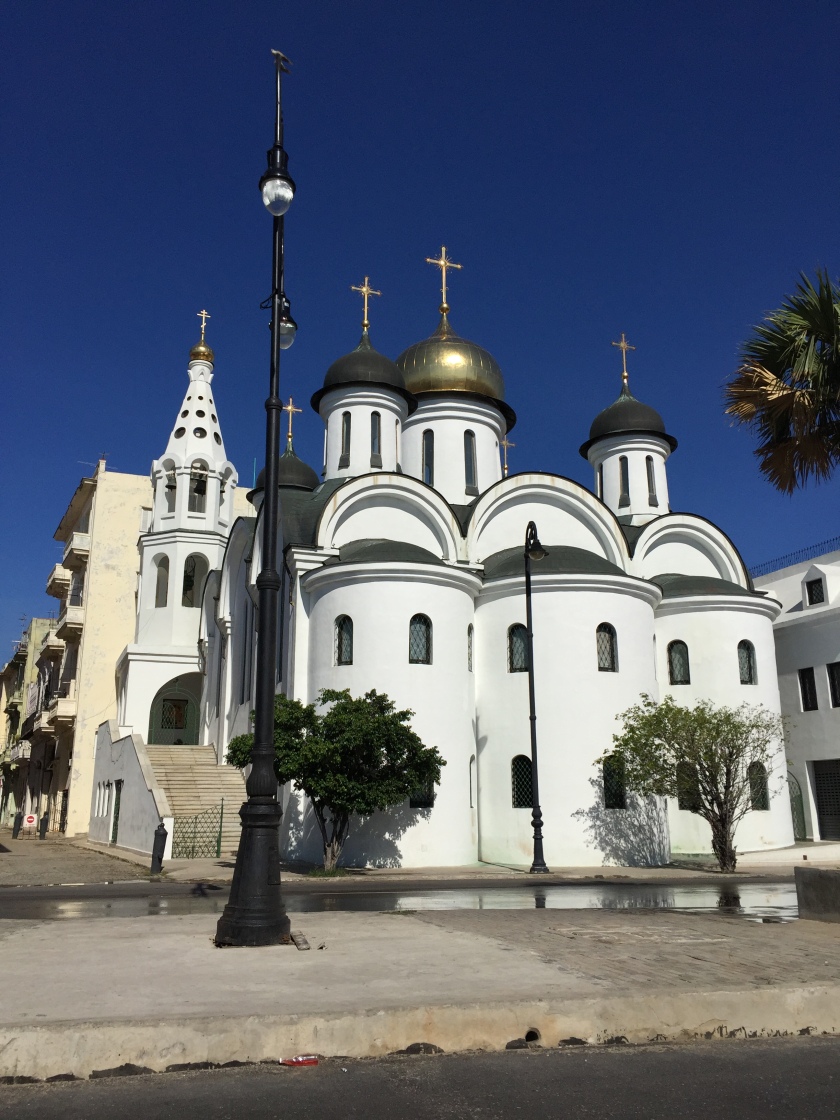
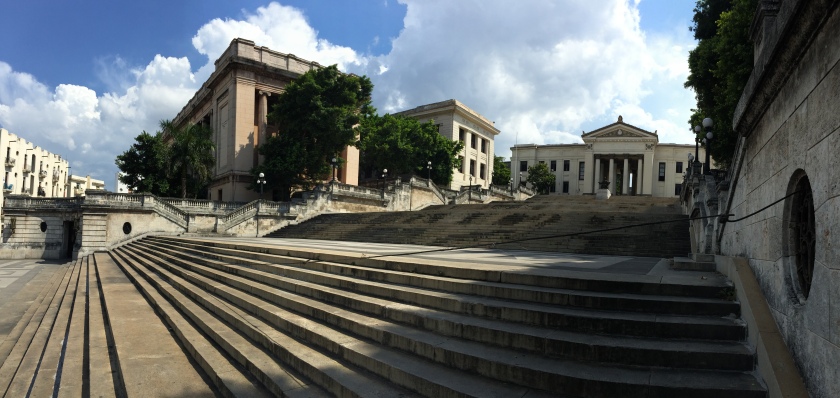
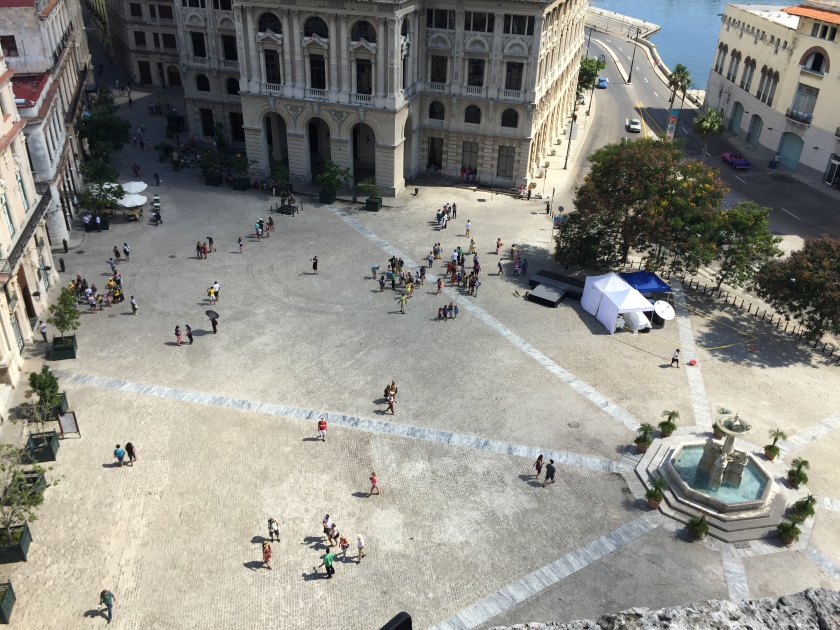
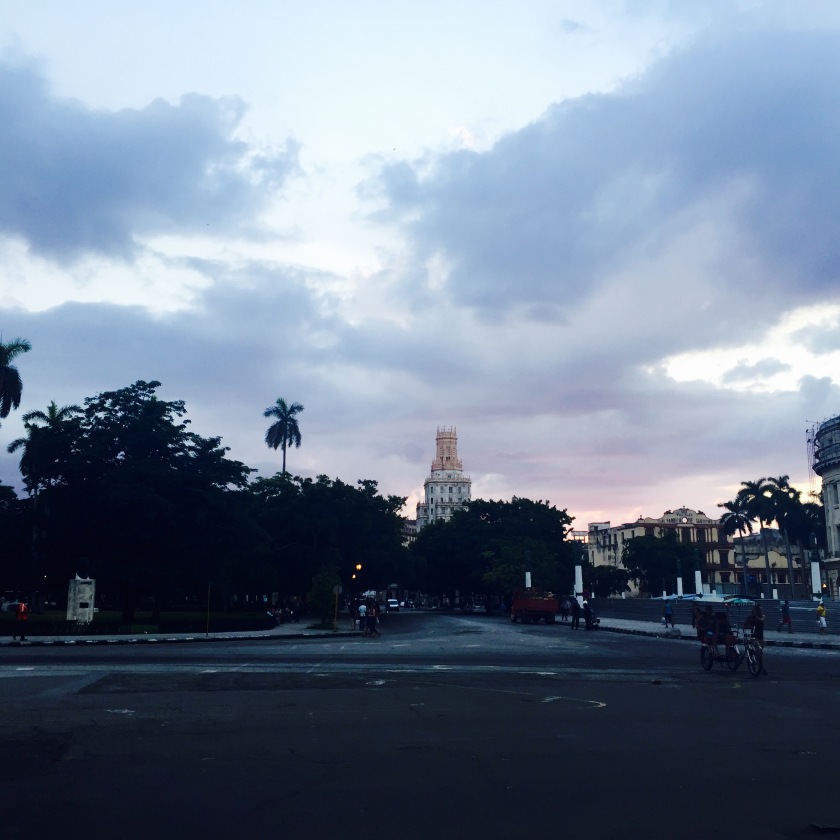
One thought on “En La Habana, dejar en manos de los ángeles…”